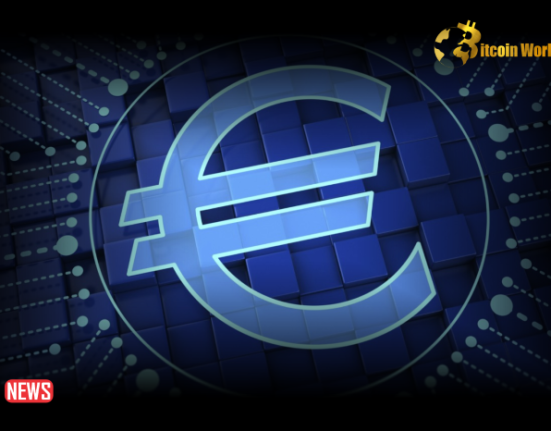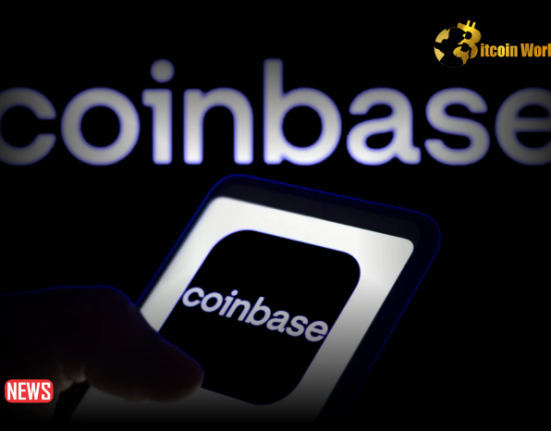In the quest for widespread cryptocurrency adoption, converging traditional finance (TradFi) and decentralized finance (DeFi) is a pivotal turning point. However, this harmonious union, though promising, requires time and substantial collaboration to unlock its full potential.
Amidst regulatory challenges in the United States, hope has emerged. PayPal has etched history by introducing PayPal USD (PYUSD), a stablecoin tethered to the U.S. dollar. This move marks a watershed moment as a significant global payment service provider wades into the turbulent waters of the cryptocurrency landscape, instilling a newfound trust.
Nonetheless, it is essential to exercise caution and realize that the full impact of PayPal’s foray into the crypto world will be realized when several key components align.
Currently, PYUSD is confined to PayPal’s ecosystem, limiting its potential as a stablecoin. For PYUSD to thrive, it must seamlessly transition between Web2 and Web3, functioning across multiple blockchains. Listing PYUSD on centralized and decentralized exchanges is crucial to inject liquidity for its utility across various platforms, from centralized exchanges to DeFi protocols.
However, PayPal’s entry into the crypto realm is a small victory in the overarching battle to legitimize cryptocurrency globally. It highlights the numerous bridges yet to be constructed between TradFi and DeFi for full convergence to materialize.
The fusion of TradFi and DeFi demands time and cooperation, leveraging each sector’s strengths. Traditional financial institutions excel in risk management and provide a secure and credible environment, appealing to cautious individuals. DeFi, on the other hand, champions transparency, autonomy, and inclusivity, reaching those historically excluded from financial systems.
Balancing stability, innovation, and autonomy remains challenging as traditional finance entities delve into crypto. Here, PayPal’s legacy of innovation and strength plays a pivotal role. PYUSD offers a secure entry point for crypto novices bolstered by PayPal’s reputation for compliance and security. Nevertheless, its centralized nature presents hurdles, preventing access for the unbanked and underserved populations.
PYUSD could harness the autonomy of DeFi, while DeFi can benefit from the extensive network PYUSD brings. A symbiotic relationship between Web2 and Web3, TradFi and DeFi, grounded in credibility, innovation, and accessibility, holds the potential to supercharge the global economy and drive institutional adoption of digital assets.
Transitioning from Web2 to Web3 is a complex journey. While PayPal’s stablecoin launch is significant, it remains an isolated development in a broader landscape where seamless transitions between Web2 and Web3 are still elusive.
To achieve this convergence, collaboration is paramount. Cryptocurrencies need to shed their complex jargon and become more accessible to the average person. Traditional financial institutions and Web2 technology can simplify this transition, but working in isolation poses risks.
The synergy between TradFi and DeFi offers transparency and inclusivity, complementing the exclusivity of TradFi. Achieving convergence will take time, but it is crucial for crypto’s mass adoption.
Several factors are needed to drive mass adoption. Regulatory advancements, such as those seen in Singapore, Hong Kong, and France, contribute to a conducive environment for growth. Central bank digital currencies are gaining momentum, promoting streamlined trade settlements.
Additionally, the tokenization of tangible assets has the potential to transform markets. Regulatory frameworks in Asia, including Thailand, Hong Kong, Singapore, and Japan, foster tokenization trends.
However, macro conditions play a vital role in market development. High-interest rates deter institutional crypto investment, but institutional participation will likely rise as inflation decreases.
Skepticism about blockchain from mainstream audiences remains an undercurrent. While mainstream progress is notable, its impact is localized.
With their unique advantages, the convergence of DeFi and TradFi promises to write a new chapter in the global economy.














